How to Choose the Right Payment App
Using PayPal, Venmo, Zelle and other apps is convenient, but there are pros and cons to each.
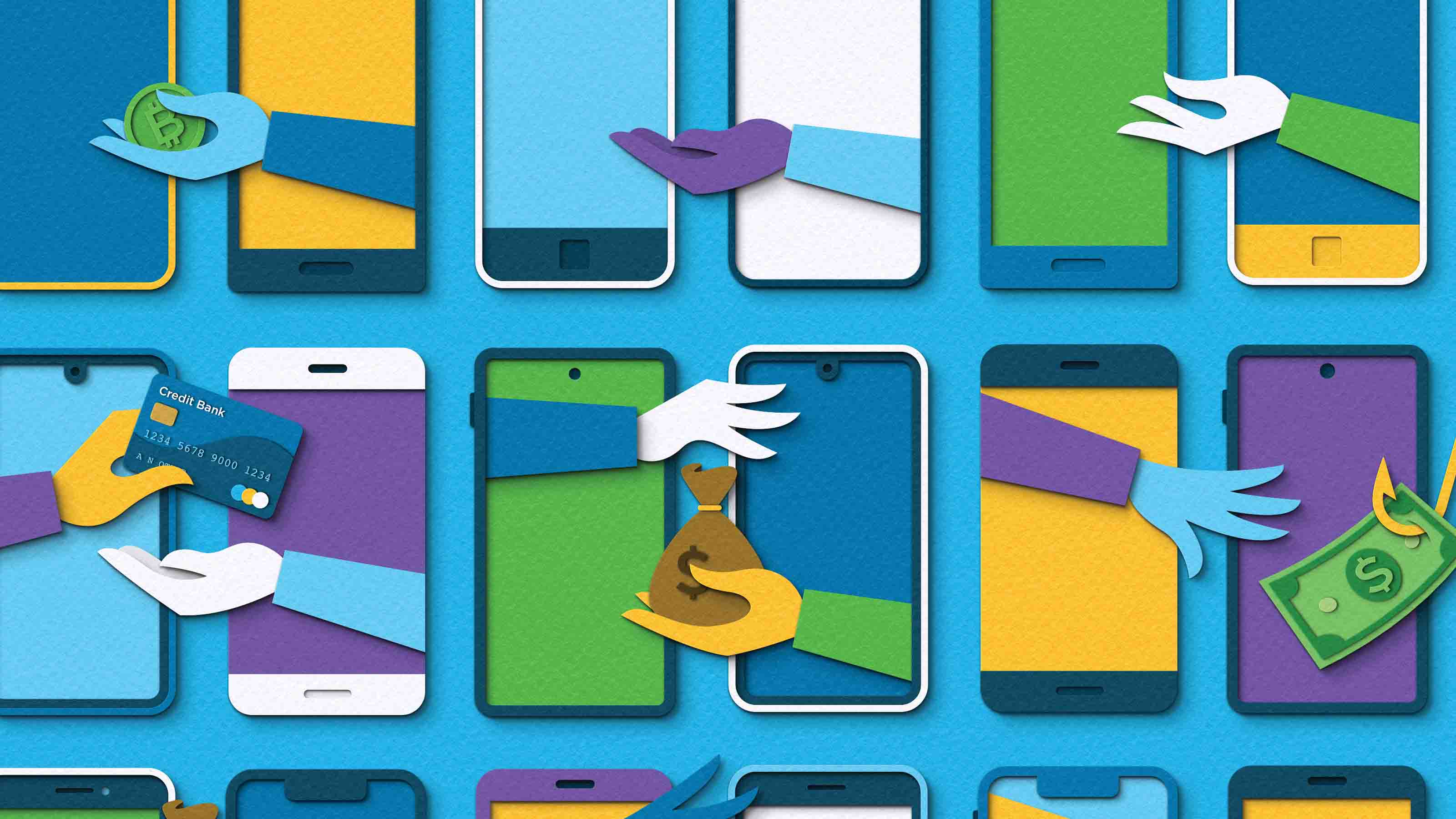

Whether splitting a restaurant bill with friends, paying the pet sitter or tipping your barber, there’s a good chance you’ve found yourself using a peer-to-peer payment app—or at least considering it. In mid 2021, PayPal reported a 41% increase in payment volume over the past year for its peer-to-peer transfer businesses. One of them is Venmo, which saw a 58% increase on its own platform.
PayPal, Venmo, Zelle, Cash App and others make it easy to send and receive money. You link your bank account, debit card or credit card to the app, so you don’t have to swap sensitive financial-account information with the other person in a transaction. Instead, you share details such as a user name, an e-mail address or a phone number. Usually, transfers arrive quickly in the recipient’s app balance, though moving the funds from the app to a bank account fee-free may take a few days.
But peer-to-peer (or “P2P”) apps can also leave you more vulnerable to fraud. They’re an increasingly popular target for scammers who, for instance, trick users into sending money for goods or services that never materialize. Or a crook may pose as someone you know and request funds from you. Unfortunately, you may never get back money lost in such scams because you made the payment yourself. The app companies “take the position that you are not protected,” says Lauren Saunders, associate director of the National Consumer Law Center. But, she says, it’s worth asking the company to reverse the transfer if you’ve been scammed.
However, if a criminal hacks your P2P account (say, by stealing your username and password and logging in from his or her device) and makes unauthorized transactions, you have legal protections. If the transfer came from your bank account, debit card or a cash balance stored within an app, you generally have zero liability as long as you notify the app or financial institution within 60 days of your statement being sent. The rules are a bit different if your phone or other device is lost or stolen and a crook uses it to make transfers. Your liability is no more than $50 if you notify the app or financial institution within two business days of learning about the theft. Your liability could be as much as $500 if you wait up to 60 days or unlimited after 60 days. With any P2P platform, you have the right to dispute erroneous charges (say, a single authorized transfer that is mistakenly posted to your account twice).
Credit cards have more-robust protections, capping your liability at $50 for unauthorized charges through a lost or stolen device or at zero if your account is hacked. But P2P apps typically require a fee of about 3% for a transfer using a credit card. And your card issuer may treat money sent through such apps as a cash advance, which typically comes with an additional fee of 3% to 5% and accrues interest immediately at a high rate. Along with credit card fees, watch for other potential charges, such as a fee for instant transfers from the balance held in the app to your bank account.
To help you sort through the options, we’ve listed details for several major P2P services, including fees and dollar limits for peer transfers and how long it takes to move funds from the app to a bank account. We’ve also highlighted the types of transfers or users for which each app is best suited and additional features the apps offer, such as cryptocurrency trading or rewards credit cards.
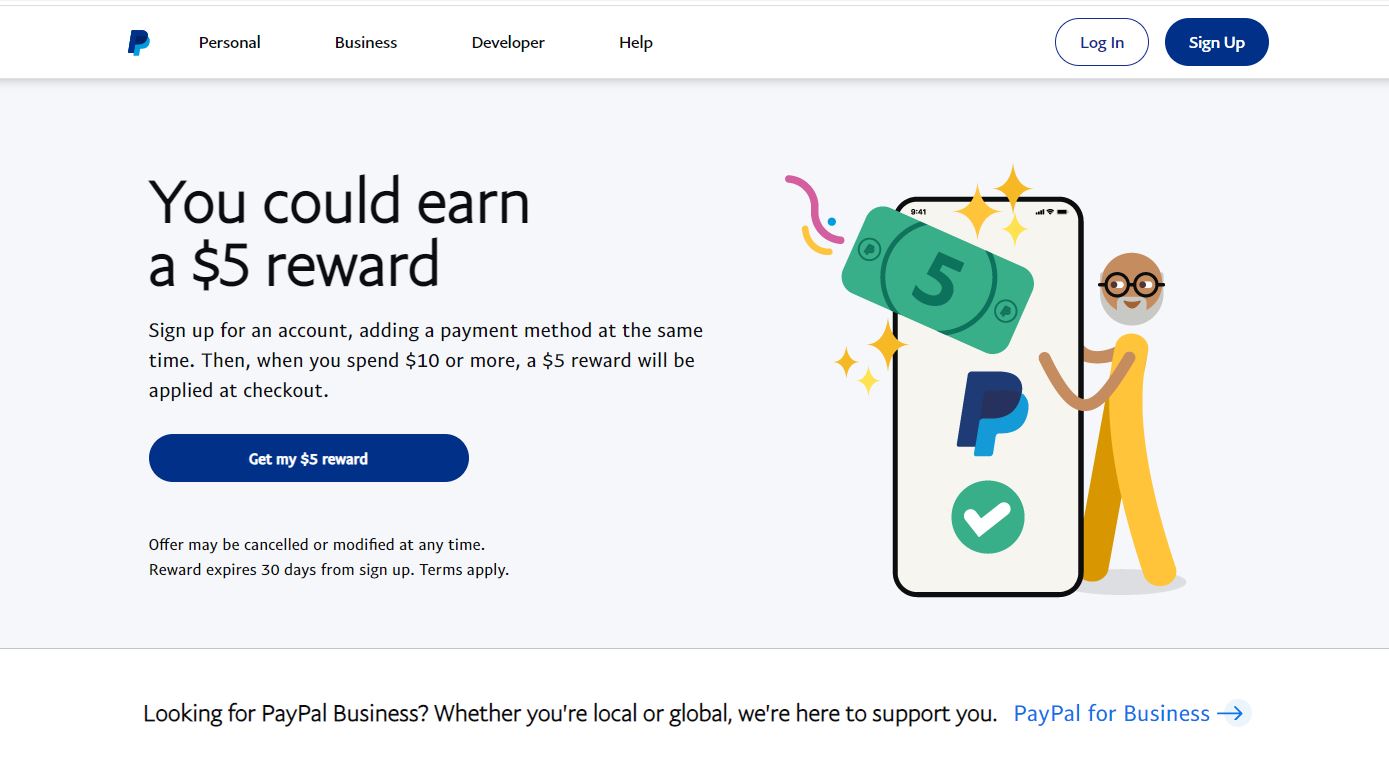
PayPal
Fees: 2.9% plus 30 cents for transfers made in U.S. dollars with a credit or debit card; no fee for transfers from your bank account or PayPal balance
Dollar limit: Up to $60,000 per transfer (limits are sometimes lower for security reasons); no overall limit for users who have verified their identities
Speed: One to three business days for funds to transfer from your PayPal balance to your bank account (or pay 1.5% for an instant transfer)
Best for: Large transactions
One of PayPal’s main advantages is its high transaction limit, making it a strong choice if you need to send big sums—say, for a car. And because PayPal is well established, the recipient may already have an account.
PayPal’s capabilities go well beyond P2P transfers. Some retailers, including Target and Walmart, accept PayPal for online purchases—and through promotional offers, you may be able to get cash back by paying with PayPal. Or at certain merchants, including CVS, pay in-store by pulling up a QR code on the PayPal app and having the cashier scan it at checkout. With the PayPal Cash debit card, you can use your PayPal balance to get cash at ATMs or make purchases at stores that accept Mastercard. The PayPal Cashback Mastercard credit card provides 2% cash back on every purchase (redeem rewards to your PayPal balance).
You can buy cryptocurrency through PayPal with as little as $1 and then hold it in your PayPal account, sell it, or make retail purchases with it through PayPal. The company may add a stock-trading platform to its offerings, and PayPal is introducing an online savings account yielding 0.4% in the coming months.
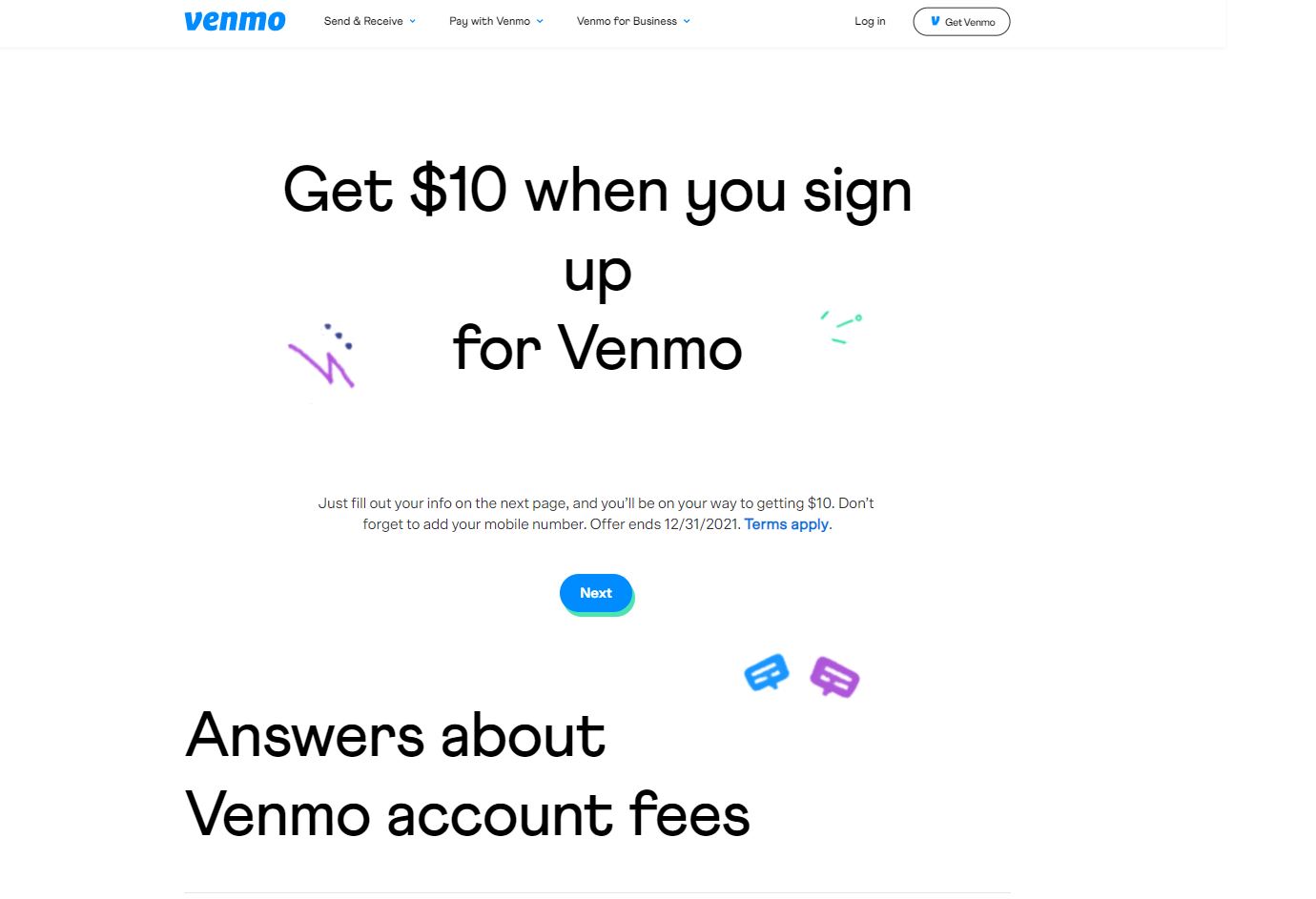
Venmo
Fees: 3% for transfers with a credit card; no fee for transfers from your Venmo balance, debit card or bank account
Dollar limit: $5,000 per transaction and per seven days for account holders who have verified their identities
Speed: One to three business days for funds to transfer from your Venmo balance to your bank account (or pay 1.5% for an instant transfer)
Best for: Easy payments with fun features
Venmo boasts a clean, attractive interface and adds a social-media spin to payments. You can include emojis to express the reason for a payment—for example, a beer mug to repay a friend for drinks at the bar—and add comments to transactions in much the same way you would to posts on Facebook or Instagram. For those who make their transactions public, you can see a feed that shows with whom they’re exchanging payments and their comments. We recommend hiding your contact list and setting your own payment activity to be invisible to anyone outside the transaction. Fraudsters could monitor your transaction patterns and use the information to set up a fake profile and request money from your friends.
Venmo users can trade cryptocurrencies through the app. Venmo also offers a debit card linked to your account balance. Venmo’s credit card provides 3% cash back automatically on whichever of eight categories you spend the most each month (such as groceries, gas, dining and travel), 2% back on the category with the second-highest amount and 1% back on other spending. Rewards are transferred to your Venmo balance.
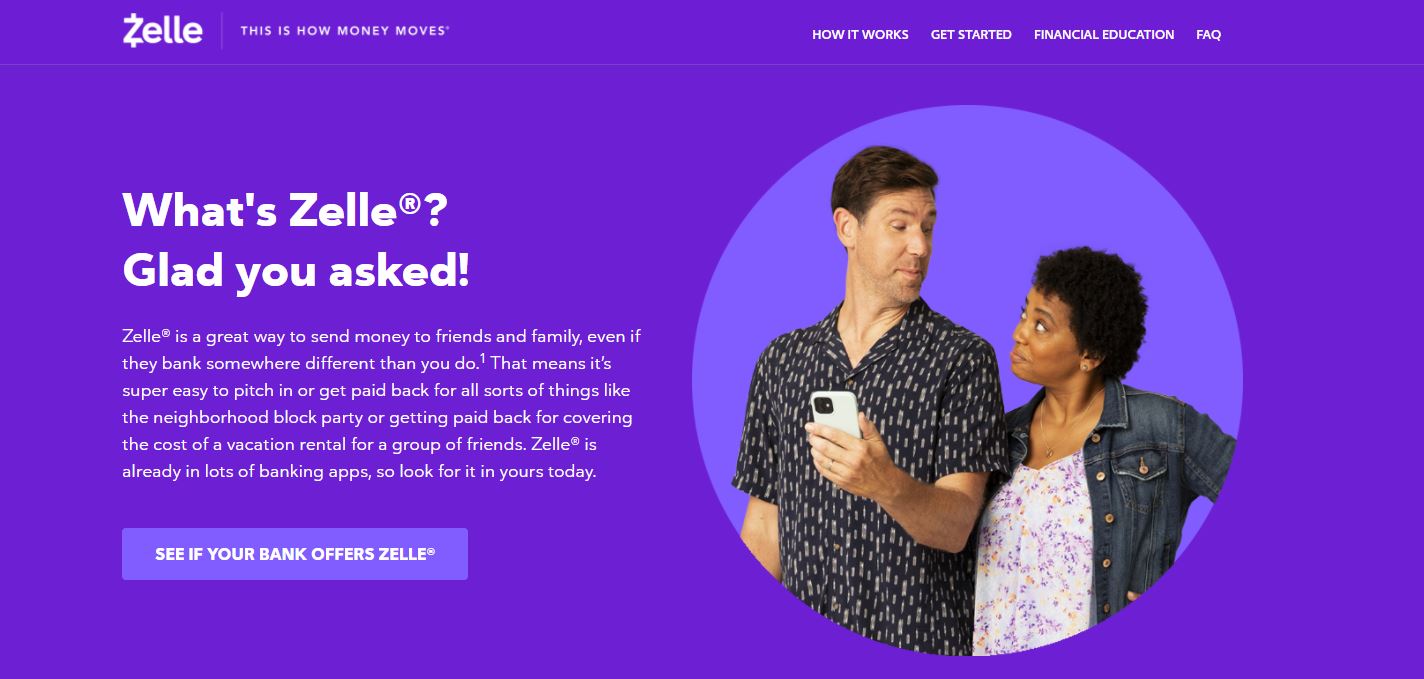
Zelle
Fees: Typically there is no fee to transfer money from your checking account; you can’t use a credit card
Dollar limit: Varies by institution and sometimes by account and banking history, but $1,000 to $3,000 per day is typical; if your bank doesn’t participate, the limit is $500 per week
Speed: Instant
Best for: Free, instant transfers between checking accounts
Several large banks introduced Zelle in 2017 as a way for customers to send money to one another, even if their checking accounts were at different institutions. Today, Zelle is available within more than 1,000 bank and credit union apps (or you may be able to send and receive transfers through your financial institution’s website). The big appeal is that you can transfer money directly from one checking account to another within minutes. And you avoid giving a third-party app access to your bank account—a plus for security and privacy.
At least one party in a Zelle transaction must have access to the service through a bank or credit union. If you can’t use Zelle through your financial institution, you must download the Zelle app and connect a Visa or Mastercard debit card.
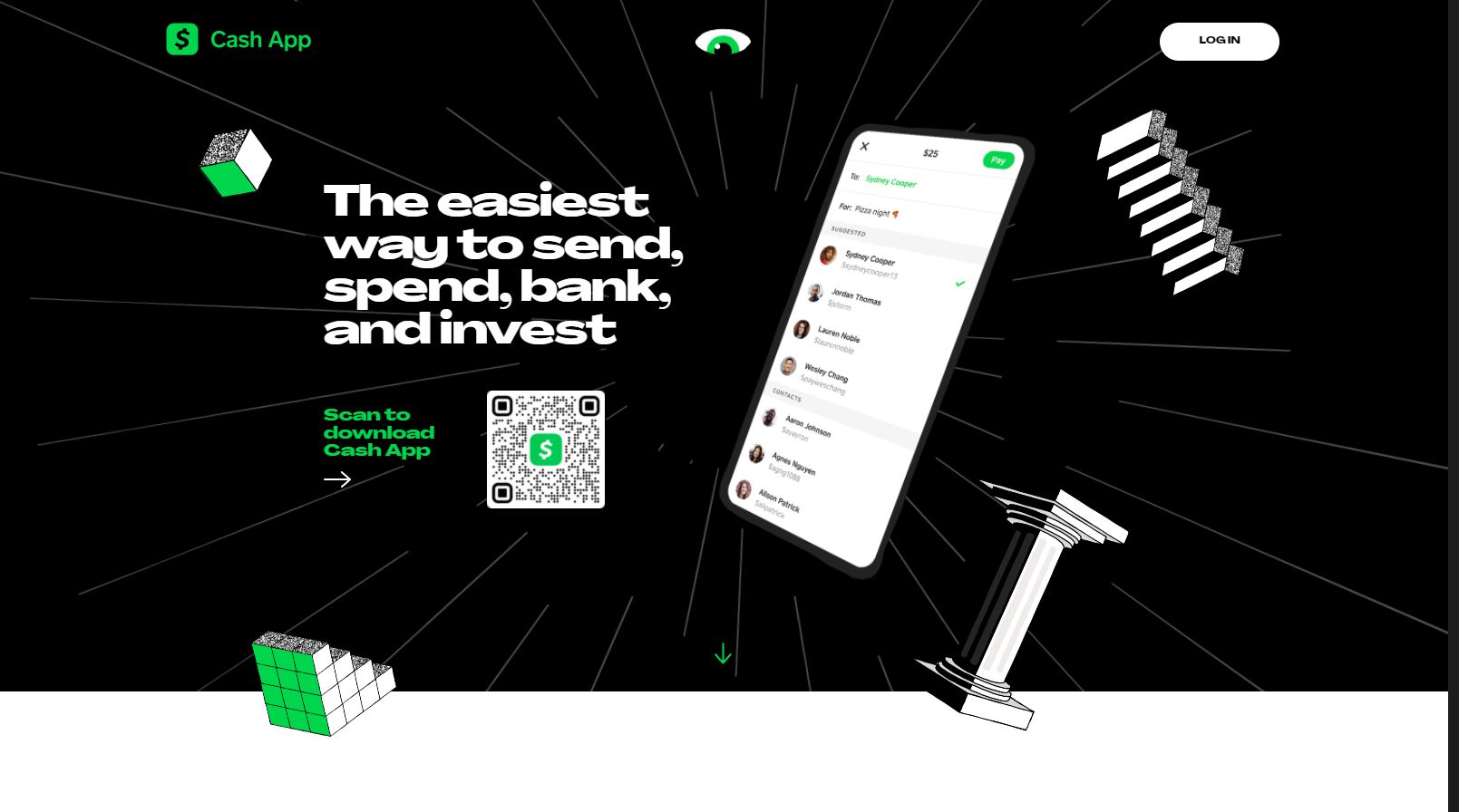
Cash App
Fees: 3% for credit card transfers; no fee for transfers from your Cash App balance, debit card or bank account
Dollar limit: Send up to $7,500 per month if you have verified your identity
Speed: One to three business days to transfer funds from your Cash App balance to your bank account (or pay 1.5% for an instant transfer to your debit card)
Best for: Simple payments; users may also be interested in Cash App’s investing platform
Cash App is owned by Square, which created credit-card readers that business owners can connect to their mobile devices. Cash App is an uncomplicated platform for transferring money: Enter the amount to send, hit “Pay,” and enter the user name, phone number or e-mail address of the recipient.
Cash App users can buy fractional shares of stock or bitcoin with as little as $1. You can set target prices at which the app will automatically buy or sell stocks or bitcoin, arrange regular cash investments to gradually increase your holdings, and get notifications when specified stock or bitcoin prices spike or dip. Cash App also offers a debit card linked to your Cash App balance, and through its “Boosts,” you can get discounts when you make purchases at some merchants.
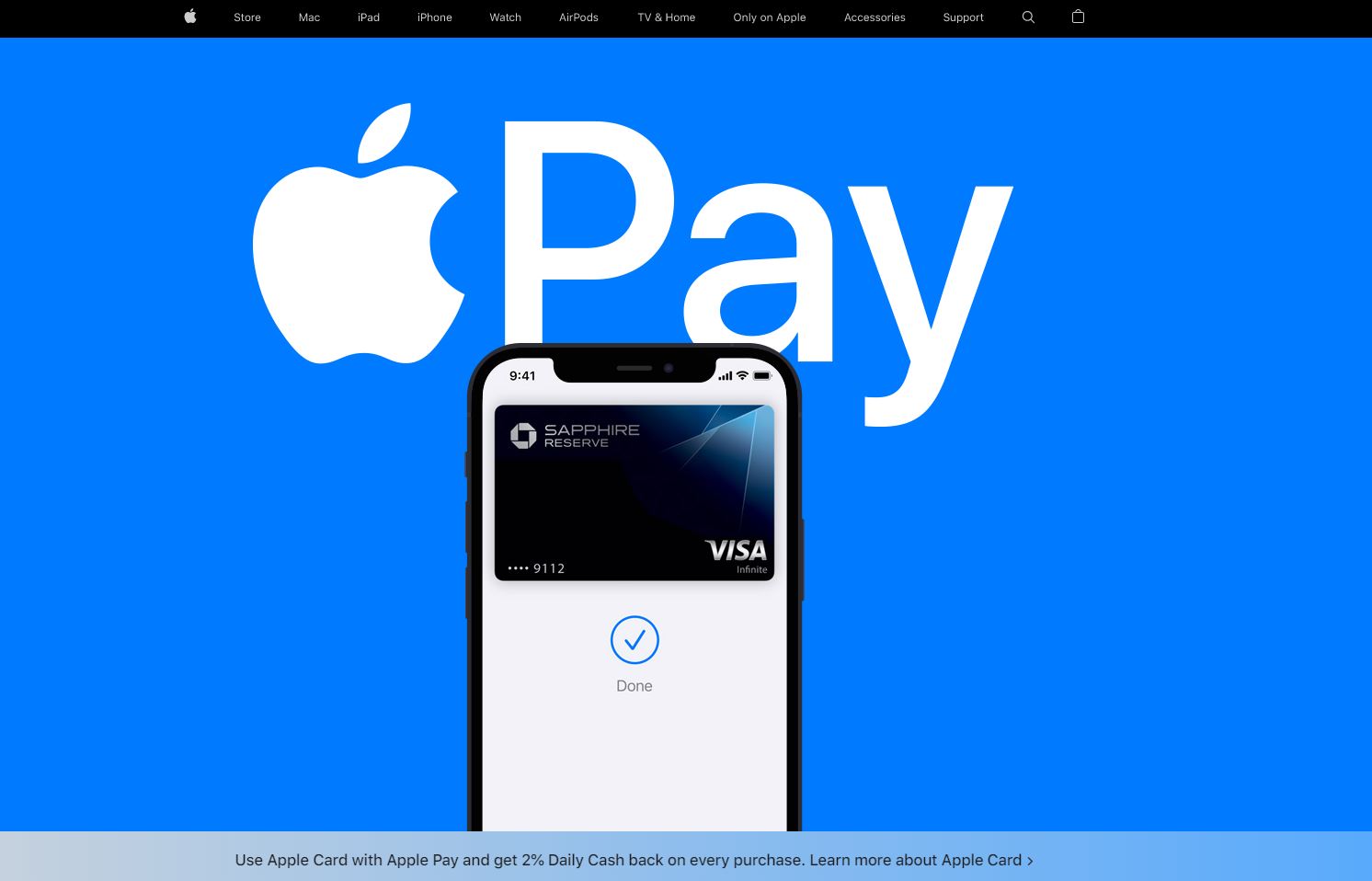
Apple Pay Cash
Fees: No fees for transfers from your Apple Cash account or debit card; you can’t use a credit card to send peer transfers
Dollar limit: $10,000 per transfer and per seven days
Speed: One to three business days to transfer money from your Apple Cash balance to your bank account (or pay 1.5% for an instant transfer to your debit card)
Best for: Fans of Apple devices
If you have an iPhone, iPad or Apple Watch and want to send money to other users of Apple devices, Apple Cash provides a smooth avenue. Through the Messages app, you can send and receive payments with your contacts. Transfer money from your Apple Cash balance (the default method) or from a linked debit card. The recipient must have an Apple Cash account and a compatible Apple device.

Google Pay
Fees: No fee to transfer from your Google Pay balance, debit card or bank account; you can’t use a credit card to send peer transfers
Dollar limit: Send up to $5,000 per seven days if you verify your identity
Speed: Three to five business days to send money to your Google Pay balance or to another user from your bank account (transfers to another user from your Google Pay balance or debit card are typically quick); one to three business days to transfer funds from Google Pay to your bank account; transfers from Google Pay to debit cards are typically instant but incur a 1.5% fee
Best for: Frequent users of Google’s services and products—especially Android devices
If you typically maintain a cash balance in your Google Pay account or link the app to your debit card, it’s a reasonable choice for sending P2P payments. If you send money directly from your bank account, however, it can be a slow process. And the app is not quite as attractive or user-friendly as most of its competitors. On the positive side, Google Pay is useful for making retail purchases with a linked credit or debit card. You can get cash back on purchases with certain merchants—35% back at Dunkin’ is one offer we recently saw. (Contactless in-store payments are available only on Android devices; P2P payments are available for both Apple and Android devices.)

Protect Your Payments From Fraud
Secure your apps. Lock your apps with a PIN or biometric authentication, such as your fingerprint, and set up multi-factor verification when possible. For example, if someone tries to log in to your account from an unfamiliar device, you may receive a verification code by text message or e-mail.
Monitor transactions. Sign up for alerts for each transaction (through the app or by text message or e-mail), and watch out for suspicious charges on statements from linked financial accounts.
Send money to the right person. If you mistype your recipient’s contact information, your money could wind up in the wrong hands. Carefully check that you’ve entered the correct details before you hit send. Alternatively, many apps give each user a unique QR code. Scan your recipient’s code through the app on your device to ensure the payment goes to the correct place. Another option: Have the recipient send you a request for payment through the app.
Don’t fall for scams. Send money only to people you know and trust. Avoid using P2P apps to buy goods from strangers online, and be wary of unexpected requests for payment, even from seemingly familiar contacts—a fraudster may be using an account name similar to that of your friend.
Get Kiplinger Today newsletter — free
Profit and prosper with the best of Kiplinger's advice on investing, taxes, retirement, personal finance and much more. Delivered daily. Enter your email in the box and click Sign Me Up.

Lisa has been the editor of Kiplinger Personal Finance since June 2023. Previously, she spent more than a decade reporting and writing for the magazine on a variety of topics, including credit, banking and retirement. She has shared her expertise as a guest on the Today Show, CNN, Fox, NPR, Cheddar and many other media outlets around the nation. Lisa graduated from Ball State University and received the school’s “Graduate of the Last Decade” award in 2014. A military spouse, she has moved around the U.S. and currently lives in the Philadelphia area with her husband and two sons.
